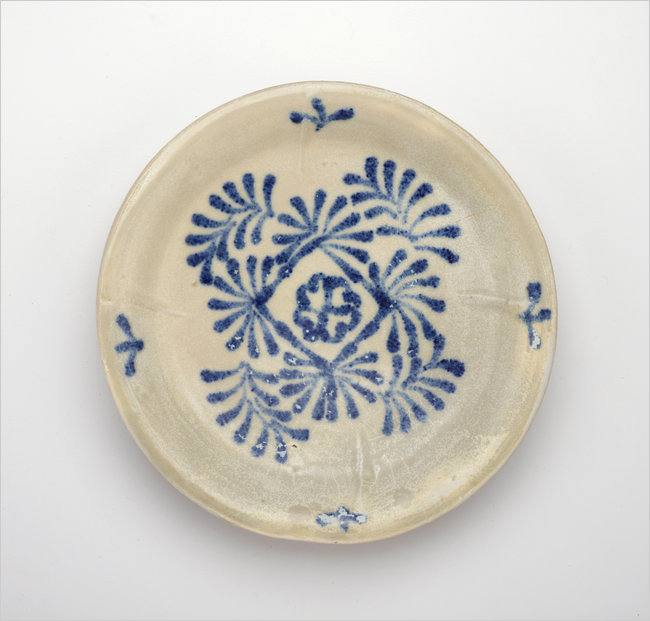At this point, one might be hard pressed to find a Philadelphian who has not heard of at least a whisper of the secrets hidden in sands of the ancient Silk Road. The Secrets of the Silk Road exhibition reveals and conceals secrets that are, in many ways, relevant to the entire spectrum of human history. These secrets touch upon the transmission of culture, technologies, religions, and sartorial fashions that are still extant today; they show us that the seemingly modern cultural concepts of cosmopolitanism and globalization existed centuries before dining at McDonalds became a status symbol in China or Crouching Tiger, Hidden Dragon became a movie title that easily rolled off the tongue in many American households.
However, the land routes across the Taklamakan Desert were not the only ways that ancient cross-cultural exchange flourished between the East and the West at the height of the Silk Road. In collaboration with the Arthur M. Sackler Gallery and the Smithsonian Institution in Washington, D.C., the ArtsScience Museum in Singapore opened the exhibition, Shipwrecked: Tang Treasures and Monsoon Winds on February 19th to explore the lesser known maritime routes of the Silk Road. According to a recent article in the New York Times, “Ancient Arab Shipwreck Yields Secrets of Ninth-Century Trade“, the exhibition explores the globalization of commerce and culture during the Tang dynasty (618 – 907 CE) through the 60,000 ceramic pieces and gold and silver works (though only 450 are on display) preserved in the shipwreck found in 1998 by sea-cucumber divers off the coast of the Indonesian island of Belitung.
The findings only hint at the high volume of maritime trade between Abbasid Iraq and Tang China. While the ceramics from the Secrets of the Silk Road exhibition are predominantly mingqi, or tomb figurines meant to be taken with the deceased into the afterlife, Shipwreck displays the salvaged Tang dynasty cargo – stacks of hundreds of mass-produced ceramic bowls from Changsha in China’s Hunan province. As the article points out, this finding reveals Tang dynasty China’s ability to produce on an “industrialized scale”. Also found in the cargo and on display are the finely crafted and potentially earliest examples of Chinese blue-and-white ceramics as well as gold and silver ware of “imperial quality” . Proving that Silk Road trade flourished over the waves of the South China Sea and the Indian Ocean as well as on camel-back across the Tarim Basin, Shipwrecked reveals even more of the Silk Road’s secrets. The exhibition is scheduled to come to the Smithsonian’s Freer Sackler Galleries in 2012.























